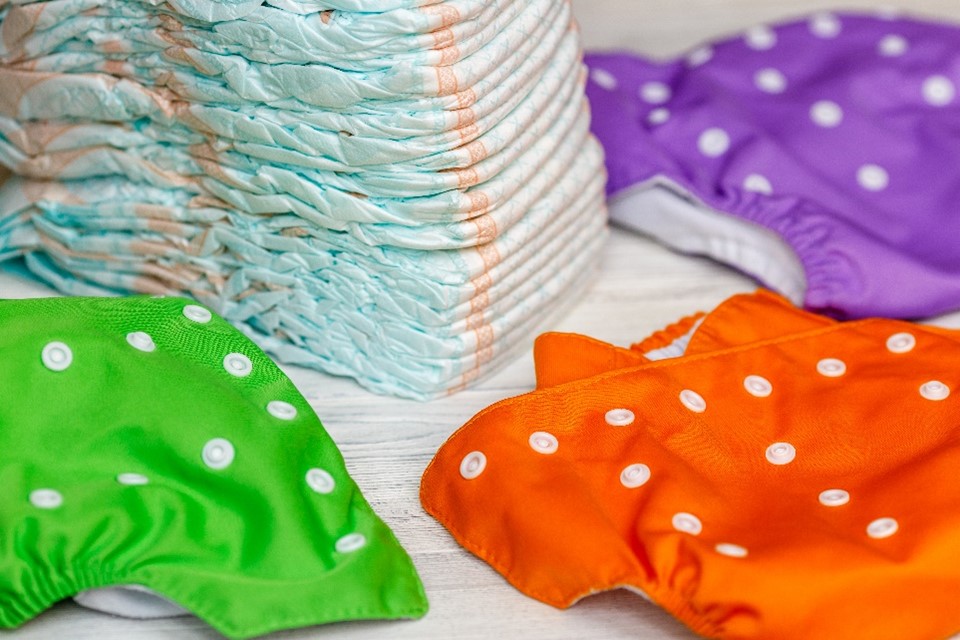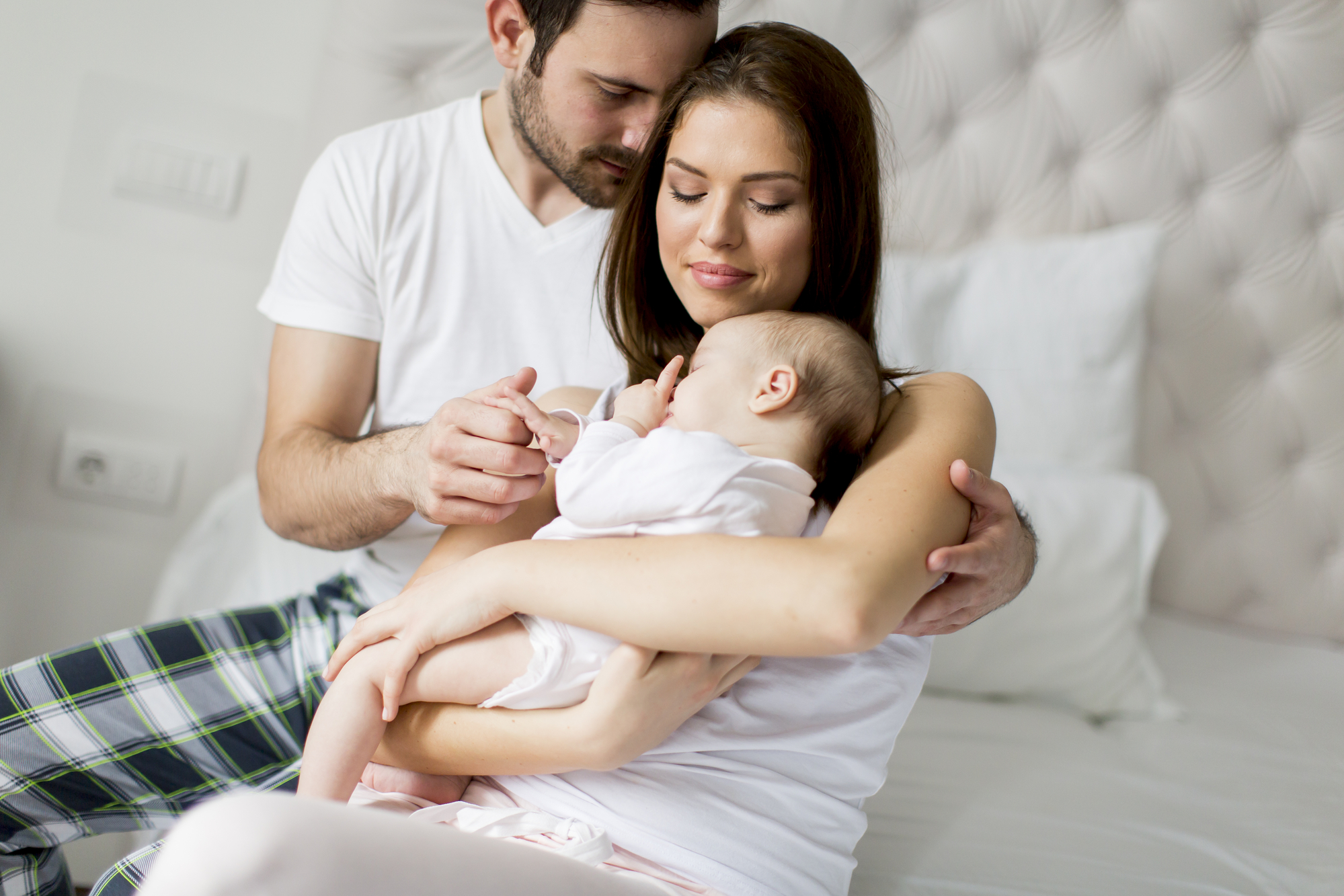The moment you learn a new baby is on the way, your world transforms most magically. It’s a journey filled with wonder, dreams, and a bit of uncertainty too. As new parents, it’s completely normal to feel a whirlwind of emotions – from overwhelming joy to a little anxiety about getting everything just right for your little one. But fear not! Preparing for your baby’s arrival should be as joyful as the anticipation of meeting them.
This article is here to ease your worries and help you navigate the essentials. From setting up the perfect nursery to choosing the right baby care items, we’ll walk you through each step with practical advice and simple tips. Our goal is to help you feel not just prepared but also excited and confident as you embark on this incredible new chapter of life. So, let’s start this beautiful journey together, ensuring you have everything ready for when your bundle of joy arrives!

Nursery Essentials
- Crib or Bassinet:
- Choosing the Right Bed: When selecting your baby’s first bed, comfort and safety are paramount. A crib is a long-term option, suitable for newborn to toddler age. Alternatively, a bassinet is ideal for newborns, offering a snug and cozy space. Ensure whichever you choose complies with current safety standards.
- Placement: Position the crib or bassinet in a safe spot away from windows, blinds, and cords. This reduces risks such as drafts or entanglement.
- Mattress and Bedding:
- Mattress Selection: The mattress should fit snugly in the crib or bassinet with no gaps. It should be firm to reduce the risk of SIDS (Sudden Infant Death Syndrome).
- Bedding Needs: Choose soft, breathable fabrics for your baby’s bedding. Waterproof mattress protectors can help manage inevitable leaks and spills. Keep the crib free from toys, pillows, and heavy blankets to ensure safe sleep conditions.
- Changing Table:
- Design and Functionality: A sturdy changing table with guardrails and safety straps is essential. The table should be at a comfortable height to prevent back strain while changing diapers.
- Storage Solutions: Look for a changing table with ample storage. Drawers or shelves can hold necessities like nappies, wipes, baby creams, and a few changes of clothes, keeping everything within arm’s reach.
- Baby Monitor:
- Types of Monitors: There are various types of baby monitors – audio, video, and those with movement sensors. Choose one that suits your needs and gives you peace of mind.
- Key Features: Look for clear sound and/or video quality, a secure connection, and a good range. Additional features like room temperature display, night vision, and lullabies can also be beneficial.
Each of these items plays a vital role in creating a safe, functional, and comfortable nursery for your baby. Taking the time to choose the right products will help ensure your nursery is a haven of comfort and safety for your little one.

Feeding Supplies
- Bottles and Teats/Nipples:
- Variety of Bottles: It’s beneficial to have several bottles, especially if you are combining breastfeeding with bottle feeding or using formula exclusively. Bottles come in various materials like glass, plastic, and silicone.
- Choosing Teats/Nipples: Teats vary in flow rates – slow, medium, and fast. Newborns typically start with slow-flow teats, and as they grow, you can switch to teats that allow a faster flow of milk.
- Breast Pump and Storage Bags:
- Types of Breast Pumps: There are manual and electric breast pumps available. Electric pumps are faster and more efficient, while manual pumps are quieter and more portable.
- Storage for Breastmilk: Breastmilk storage bags are designed for freezing and storing breastmilk. They are pre-sterilized and usually have a space for labeling with the date of pumping, which is crucial for managing your milk supply.
- Formula:
- Selecting the Right Formula: There are various types of infant formula available, including cow’s milk-based, soy-based, and hypoallergenic. Consult your pediatrician to choose the right one for your baby’s needs.
- Preparation and Storage: Ensure you are familiar with the correct way to prepare and store formula to keep it safe and nutritious for your baby.
- Burp Cloths and Bibs:
- Keeping Clean: Burp cloths are designed to be draped over your shoulder to protect your clothes when burping your baby. They are highly absorbent and can also be used to clean up any spills or spit-up.
- Using Bibs: Bibs are essential once your baby starts on the bottle or breastfeeding to catch any drips or spills, saving you from frequent outfit changes.
Each of these feeding supplies plays a critical role in ensuring a comfortable and efficient feeding experience for both you and your baby. By preparing and having these items on hand, you can make feeding sessions more manageable and enjoyable.

Nappy Essentials
Nappies:
- Choosing Nappies: Decide between cloth nappies and disposable nappies. Cloth nappies are eco-friendly and can be reused, while disposable nappies offer convenience, especially when out and about.
- Sizing: Nappies come in various sizes based on a baby’s weight. It’s wise to have a stock of newborn-size nappies as well as the next size up, as babies grow quickly.
- Stocking Up: Babies typically go through 10-12 nappies a day, so having a good supply on hand is essential. Buying in bulk can be a practical way to ensure you’re always well-stocked.
Wipes and Rash Cream:
- Choosing Wipes: Choose hypoallergenic and alcohol-free wipes to clean your baby’s skin gently and reduce the risk of irritation.
- Preventing Nappy Rash: Frequent nappy changes and the application of a protective rash cream or ointment with each change can help prevent nappy rash. Zinc oxide is a common ingredient that forms a protective barrier.
- Treating Nappy Rash: If a rash occurs, using a medicated nappy rash cream can be helpful. If there’s no improvement or the condition worsens, it’s best to consult a paediatrician.
Nappy Pail:
- Odor Control: A nappy pail, specifically designed to contain the smell of soiled nappies, is a valuable addition to your nursery. Many models are equipped with special liners or filters for effective odor control.
- Ease of Use: Choose a nappy pail that is easy to operate with one hand, which comes in handy when you’re holding your baby with the other. Also, consider the pail’s capacity and how frequently it will need to be emptied.
- Hygiene: Regular cleaning of the nappy pail is important for maintaining hygiene and preventing the buildup of unpleasant odours or bacteria.
Handling nappies is a task you’ll become very familiar with as a new parent. Having the right essentials on hand will make the process more efficient and hygienic, contributing significantly to your baby’s comfort and health.

Clothing and Linens
- Onesies and Sleepwear:
- Onesies: Onesies are a staple in any baby’s wardrobe. They are convenient for diaper changes and come in short-sleeved, long-sleeved, and sleeveless options to suit different weather conditions.
- Sleepwear: Invest in soft, comfortable sleepwear for your baby. Sleep sacks or footed pajamas are excellent choices to keep your baby warm and safe during sleep.
- Quantity and Size: Babies grow quickly, so have various sizes on hand. It’s also helpful to have plenty of extras due to frequent changes from spills or diaper leaks.
- Swaddles and Blankets:
- Swaddling: Swaddle blankets are specifically designed for snugly wrapping newborns, providing them with a comforting, womb-like feeling that can help them sleep better.
- Blankets: Soft, lightweight blankets are versatile for cuddling, covering during nursing, or laying down for tummy time.
- Materials: Choose blankets and swaddles made from breathable, soft fabrics like cotton or muslin to prevent overheating and ensure comfort.
- Hats and Socks:
- Hats: Newborn hats are important for maintaining body temperature, as babies can lose heat quickly through their heads. Have a variety of hats for different temperatures.
- Socks: Baby socks keep little feet warm. They come in various materials and lengths. Some have grips on the bottom for babies beginning to stand or walk.
- Fit and Comfort: Ensure that hats and socks fit snugly but are not too tight to cause discomfort or impede circulation.
These clothing and linen essentials are important for your baby’s comfort and protection. While it’s tempting to buy a lot of cute outfits, focusing on practical, comfortable, and easy-to-care-for items will make your life much easier. Remember to wash new clothing before the first use to remove any residues and make them softer for your baby’s delicate skin.

Health and Safety Items
- First Aid Kit:
- Essential Contents: A well-stocked baby first aid kit should include a digital thermometer for accurate temperature readings, and baby nail clippers or scissors for safe nail care.
- Additional Items: Consider adding saline nasal drops, a gentle antiseptic for cuts and scrapes, alcohol-free sanitizing wipes, and a soft-tipped medicine spoon or dropper for administering liquid medication.
- Accessibility and Storage: Keep the first aid kit in an easily accessible place, but out of reach of children. Regularly check and replenish its contents to ensure everything is in good condition and within expiration dates.
- Baby-Safe Detergents:
- Hypoallergenic Options: Look for detergents labeled as hypoallergenic and free from dyes and fragrances, as these are less likely to irritate your baby’s skin.
- Effectiveness: Choose a detergent that is effective at cleaning yet gentle enough for a baby’s sensitive skin. Some detergents are specially formulated to remove tough baby stains like formula or diaper leaks.
- Usage Tips: It’s advisable to wash all your baby’s clothes, bedding, and washable toys with these baby-safe detergents. This consistency helps reduce the risk of skin irritation.
Both the first aid kit and the choice of laundry detergent play crucial roles in maintaining your baby’s health and safety. The first aid kit ensures you’re prepared for minor health issues while using the right detergent helps protect your baby’s delicate skin from potential irritants. These precautions, though small, contribute significantly to your baby’s overall well-being.
Conclusion
As you count down the days to your baby’s arrival, remember that the best preparation goes beyond material items—it’s about creating a loving and caring environment. While the list of essentials might seem extensive, each item plays a crucial role in ensuring your new baby’s world is comfortable, safe, and full of love.
Embrace this journey with an open heart and mind. Parenthood is an adventure filled with precious moments, challenges, and endless joy. You’re about to embark on one of life’s most beautiful and rewarding journeys.
For more resources, including downloadable checklists to help you get ready for your baby, explore Parenting Genie at www.parentinggenie.com.au. Here, you’ll find a treasure trove of information and support to guide you every step of the way in your parenting journey. Welcome to the incredible world of raising a child!

By Babrah Tavaziva
Founder/Director, Parenting Genie
Babrah Tavaziva, founder of Parenting Genie, is a registered nurse, midwife, and maternal child health nurse dedicated to guiding parents from pregnancy through the early years of parenting. Parenting Genie, offers extensive online support and resources, including the innovative Parenting Genie Chat Software, designed to assist parents with quick and reliable guidance. Babrah’s deep passion for empowering parents is evident in her commitment to creating a supportive and knowledgeable community.
Discover more at www.parentinggenie.com.au.









